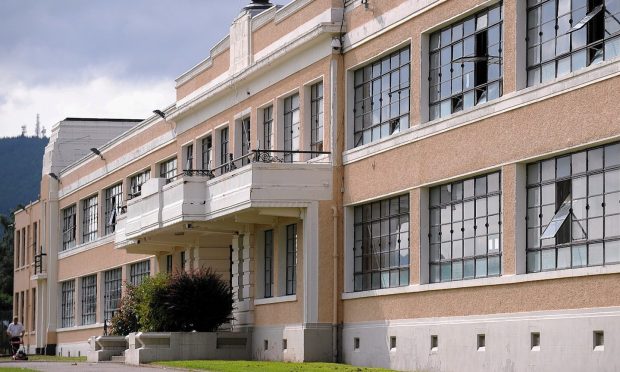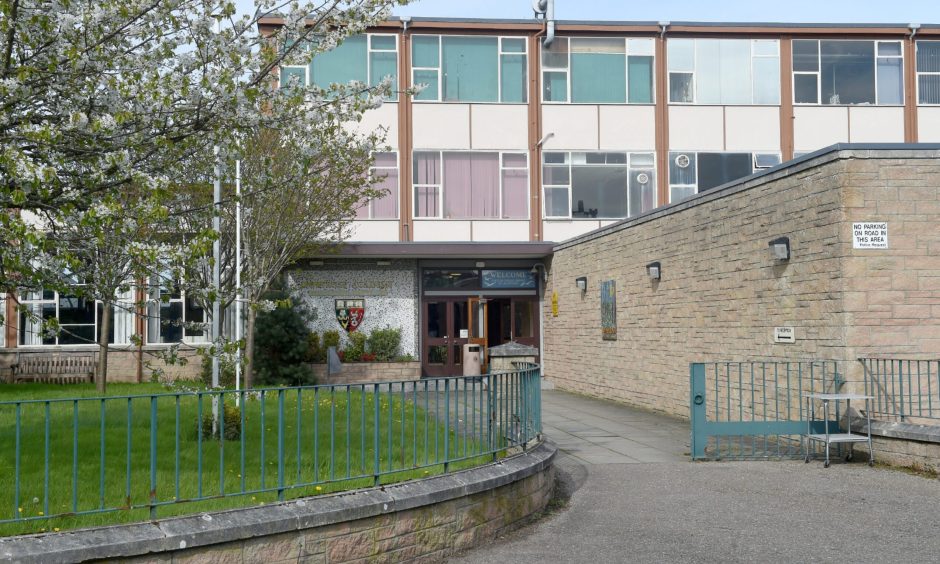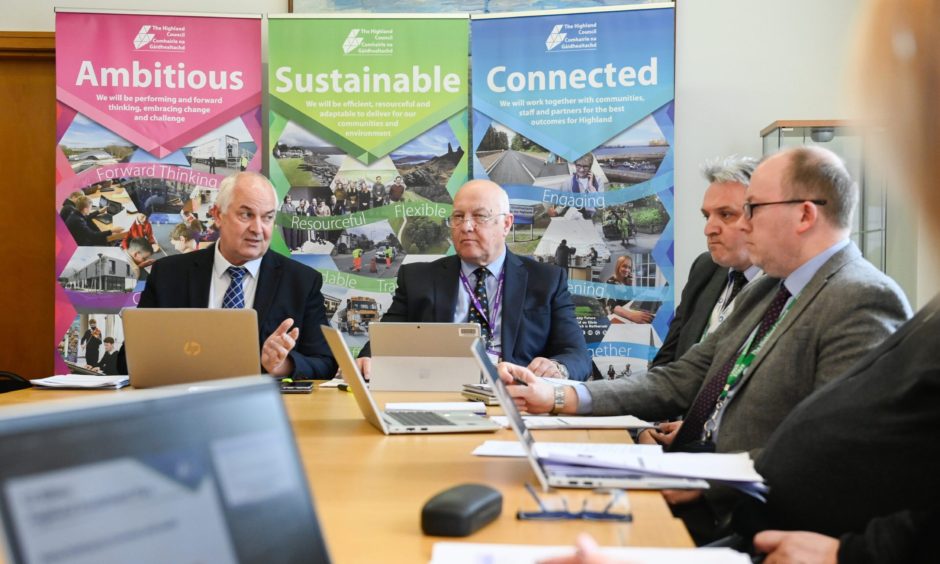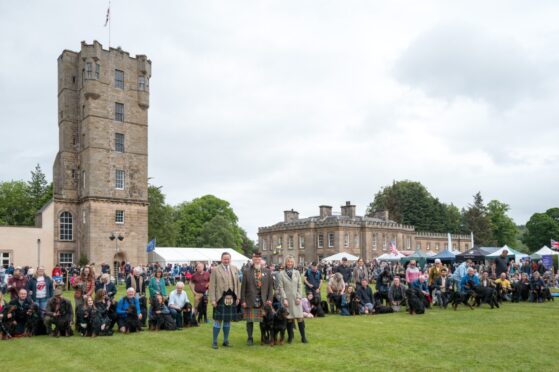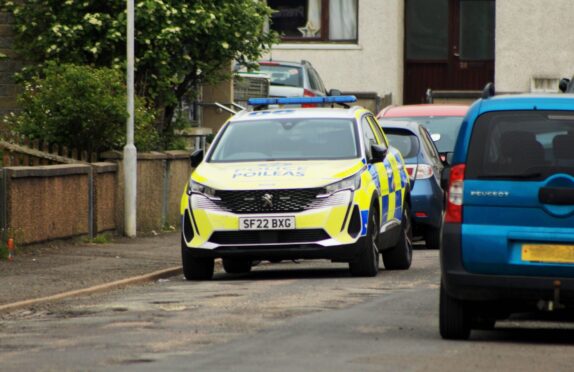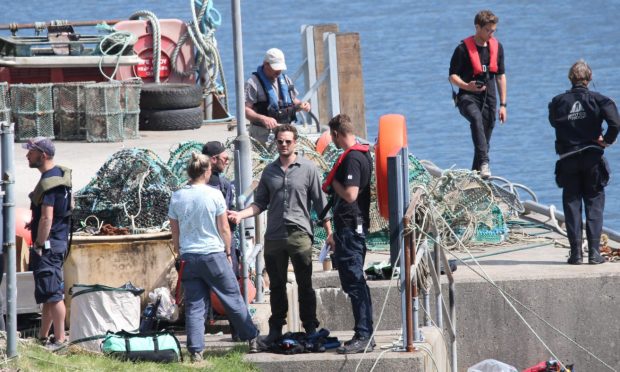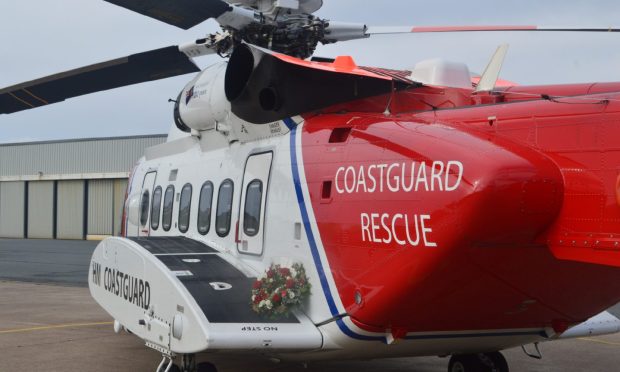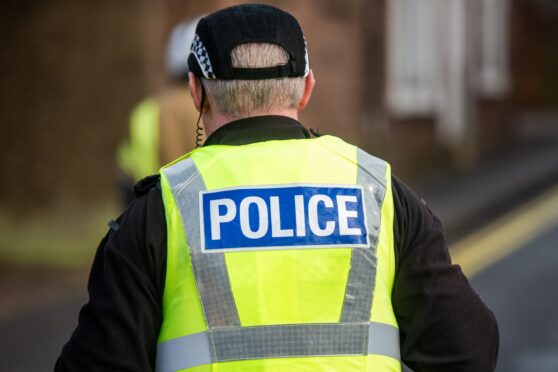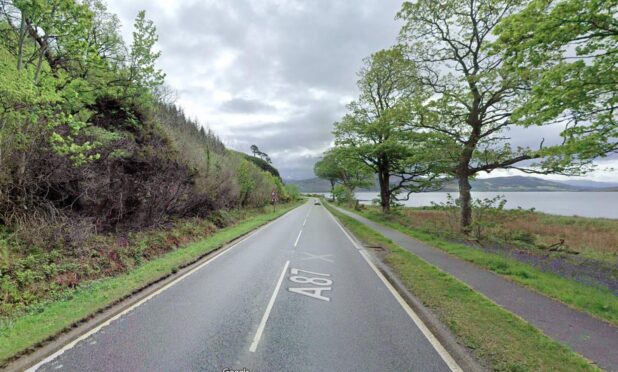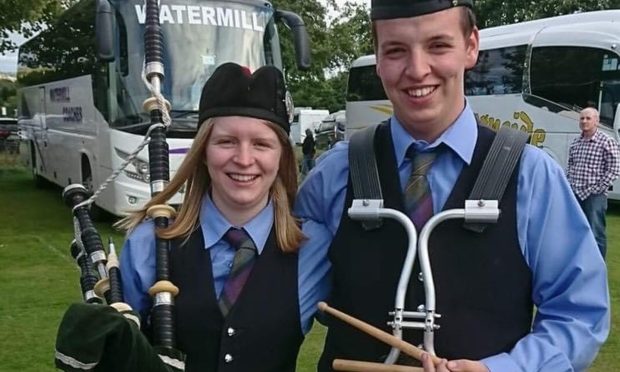The first phase of schools to benefit from Highland Council’s £2bn investment plan have been revealed.
The local authority has now approved the plans, with more than half of the money being used to improve educational facilities and roads over the next decade.
A total of 92 schools have been flagged as requiring investment with Inverness High School, Charleston Academy and Beauly Primary among those included in the first phase.
The Highland Investment Plan will be one of the biggest programmes of its kind in Scotland – and the largest ever for the Highlands.
Highland Council investing in schools
Between £155m and £195m has been allocated to five key schools – Beauly Primary, Charleston Academy, Dunvegan Primary, Fortrose Academy and Inverness High School.
Funding will go towards the final phase of refurbishment and a partial rebuild at Inverness High, and a feasibility study for the refurbishment of the older part of the campus in Fortrose.
The total cost range for the additional 22 schools will be between £310m and £385m to be spent on “major projects”.
Highland Council has said the initial phase of projects will be “place-based” and aim to redevelop education and community facilities.
Locations to be prioritised over the next decade are: Alness, Brora, Dingwall, Dornoch, Golspie, Invergordon and Thurso.
‘A radical solution’
Covener of Highland Council, Bill Lobban, said: “What is proposed is a ground-breaking, long term infrastructure investment programme for the Highland area, which will create jobs and economic prosperity across the region and constitute transformative change over the next 10 years.
“It is a radical solution to the significant challenges we face in maintaining and renewing our asset base.
“The plan responds to the widespread public support for further investment in the school estate, as well as emerging critical issues that we face in dealing with schools with Raac and Hacc.”
Mr Lobban explained that the plans are not as simple as rebuilding schools “like for like” and opportunities for retrofit and co-location will also be explored.
There will also be a focus on developing a wider range of public services in one location to meet community needs.
Improvements to Highland roads
The planned investment will also address ongoing challenges the council is facing to maintain more than 4,000 miles of roads across the Highlands.
Raymond Bremner, leader of the council, added: “The previous three years have seen increased funding for the roads capital programme.
“The capital review of September 2023 provided roads additional capital investment of £7.8m over five years and in March, members agreed another £40m over three financial years.
“A long-term investment programme for roads and transportation will ensure a sustainable approach to investment, contractor procurement, and opportunities to attract match funding from developer contributions or other external funding sources.
“There will also be significant local contracting and business opportunities and wider community economic benefit associated with the delivery of the investment plan.”
